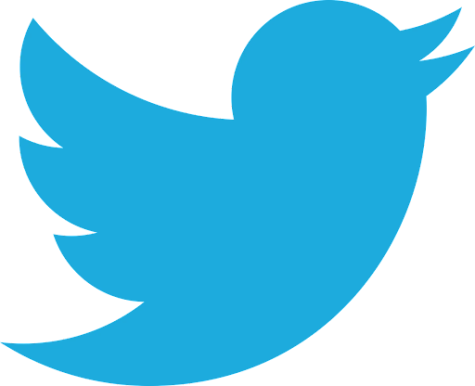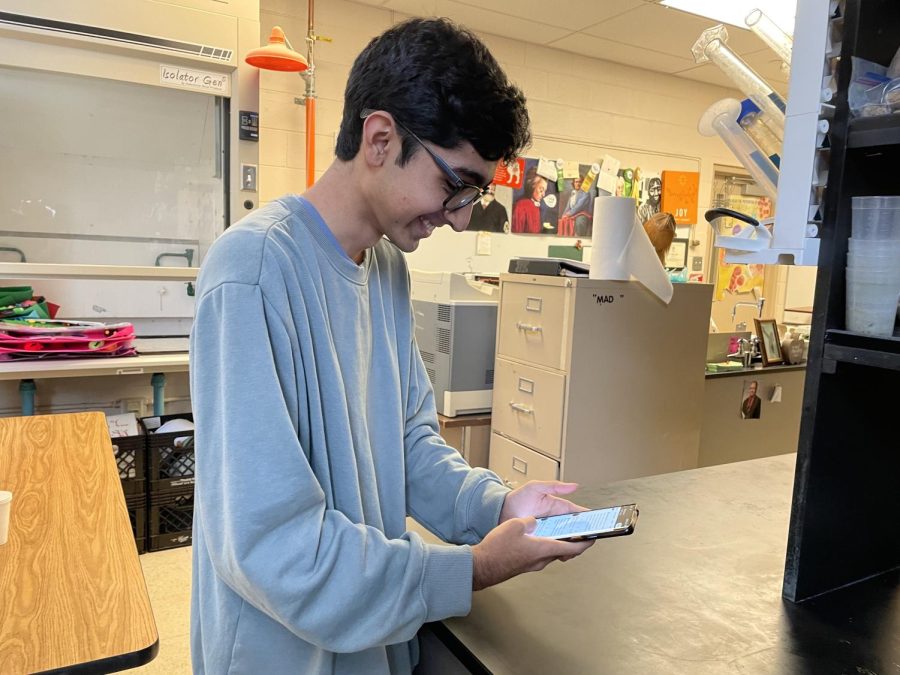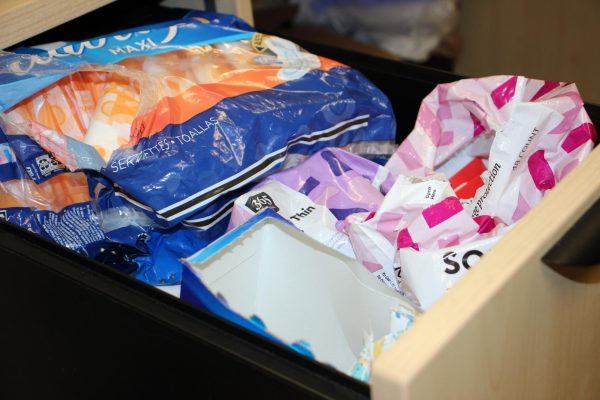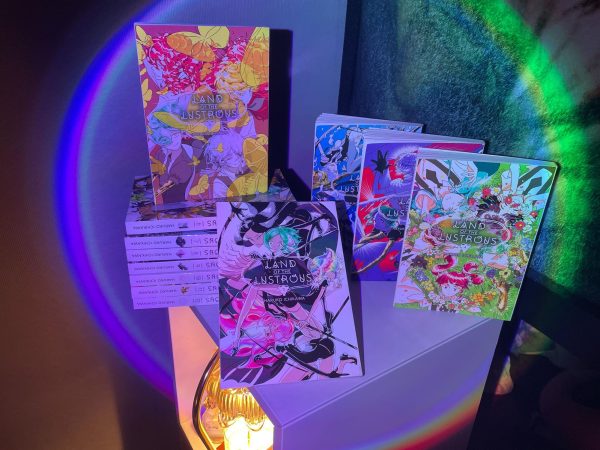Elon Musk’s takeover of Twitter
Srijith Jawabnavis (12) gleefully browses Twitter. He used it to follow some of his favorite celebrities and even some of his school teachers.

Every second of every day, thousands hear that characteristic whistle notification from their phones. Ever since Elon Musk purchased Twitter for $44 billion, the landscape of the app has been rapidly changing. Clocking in at 400 million users, Twitter is a large social media site on which users can create short posts of 280 words or less or short videos. People use Twitter for a variety of reasons; they can be kept up-to-date on a certain celebrity, browse funny videos, engage in a fandom for a specific show or game or even engage in political discourse with other users.
“I use Twitter almost every day,” Ti’Laha Hayes (10) said. “[I’m involved in] gaming and music [spaces on the app].
In April 2022, the billionaire entrepreneur Elon Musk bought Twitter and became the owner. This purchase was quite controversial among some as Musk does not have experience handling a social media company. His other companies such as Tesla and SpaceEx were much more tech-oriented.
“I like some of his business ideas, such as Tesla; [however,] buying Twitter was not his greatest business expense,” Source A said.
One of the first policies that Musk put in place following his ownership was the implementation of Twitter Blue, a subscription service that gave the user the blue checkmark that was previously given to only verified accounts on Twitter. The service is controversial as some feel that it is a pointless service that gives those who subscribe to it a phony sense of social superiority through the checkmark. However, Twitter has not been making profit for most of its lifespan, so some see it as a necessary change to allow Twitter to continue operating.
“Twitter has always been [losing money],” Source A said. “It needed some system to start making a profit, but the point of verification [was defeated by it].
Before Musk bought Twitter, he frequently advocated for free speech on his personal Twitter account. He was seemingly quite anti-censorship and believed that humor especially should not be censored in any form. Once Musk bought Twitter, he implemented a policy that banned parody accounts of companies or celebrities.
“I think he was talking about the free speech stuff so that he could get more advertising, I don’t really think he actually cares,” Jason Niu (10) said.
Additionally, Musk layed off a large portion of the Twitter staff shortly after he became owner, perhaps to reduce the amount of money Twitter was losing. There was a wave of resignations that followed this change, as Musk told the remaining workers after the layoff wave that they would need to work obscene hours and stay overtime most days.
“[His decision] wasn’t smart,” Hayes said. “It’s probably going to hurt the app in the long run.”
Musk frequently pushes a far-right agenda on his Twitter account. These tweets are seen by millions of people and often promote ideas that are controversial to people on the opposite side of the political spectrum. For instance, he often eschewed public health measures aimed at curbing COVID-19 infections and tweeted misinformation about the virus, suggesting that it wasn’t very deadly.
“It seems like he’s so open about [his views],” Hayes said. “He bought Twitter since it wasn’t making enough profit. It can only go down from here.”
Although opinions are mixed about Musk’s ownership, it is for certain that the site will continue to change and evolve as Musk introduces more and more policies. Whether Twitter gets worse or better, thousands of people will continue to hear those whistling notifications.
Your donation will support the student journalists of White Station High School. Your contribution will allow us to purchase equipment and cover our annual website hosting costs.








































